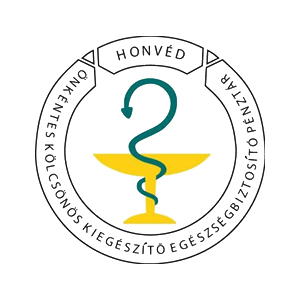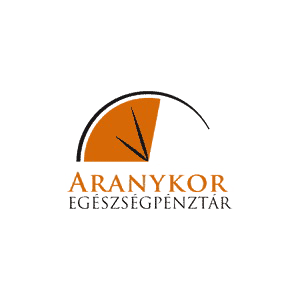Main advantages of ultrasound examination:
- It does not pose any biologically harmful ionizing radiation on human body
- no adverse effects or contraindications are known
- no pain
- can be performed at any age
- may be repeated several times as required
Ultrasonography provides 2D-images of the evaluated regions, allowing the diagnostic screening of numerous pathologic conditions.
Ultrasound examination takes approx. 15 to 30 minutes, depending on the complaints and the body region to be assessed.

Please, avoid eating 6-8 hours prior to abdominal ultrasound and limit your fluid intake (tap water, mineral water without gas) to a low level. For pelvic ultrasound, high fluid intake and holding back urine before the examination is recommended so that the bladder is filled.
More information on ultrasonography in general:
Medical ultrasound is usually used for diagnosing abdominal pains of unknown origin but also allows screening the increasingly common thyroid problems, chronic conditions of the kidneys, significant part of cervical swellings, primary and secondary tumors. Benign, mostly infection-induced enlargegement of lymphoid glands can be distinguished/differentiated? from severe lesions that require more specific treatment.

As an additional benefit, medical ultrasound allows fast and precise diagnosis of soft tissues problems, including certain benignant and malignant lesions.
Ultrasonography is perfect for the evaluation of blood vessels and blood flow, in most cases, of cervical arteries (so called Doppler ultrasound). Possible changes in general status of central and peripheral arteries can be easily assessed, such as arteriosclerosis?, deep vein thrombosis or problems of venous blood circulation.
Medical ultrasound plays a significant role in breast diagnostics as well. Taking the symptoms and complaints into account, this is the most frequently used method under the age of 35-40 years, while in women over 40 mammography is also required for breast diagnostics.
ealth check in newborns and infants can be performed with ultrasonography, too. Skull, abdomen and hips are checked in babies, generally at week 4-6 of life.













